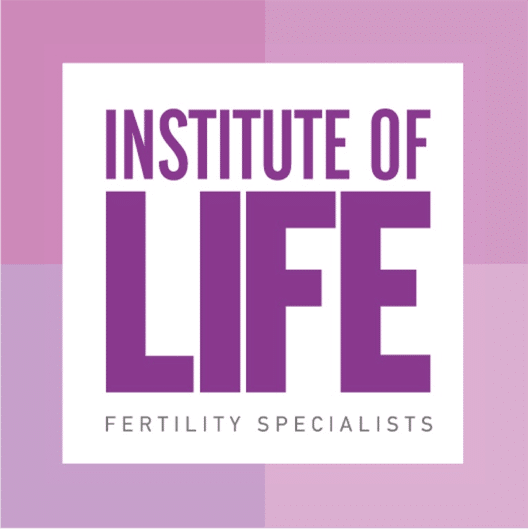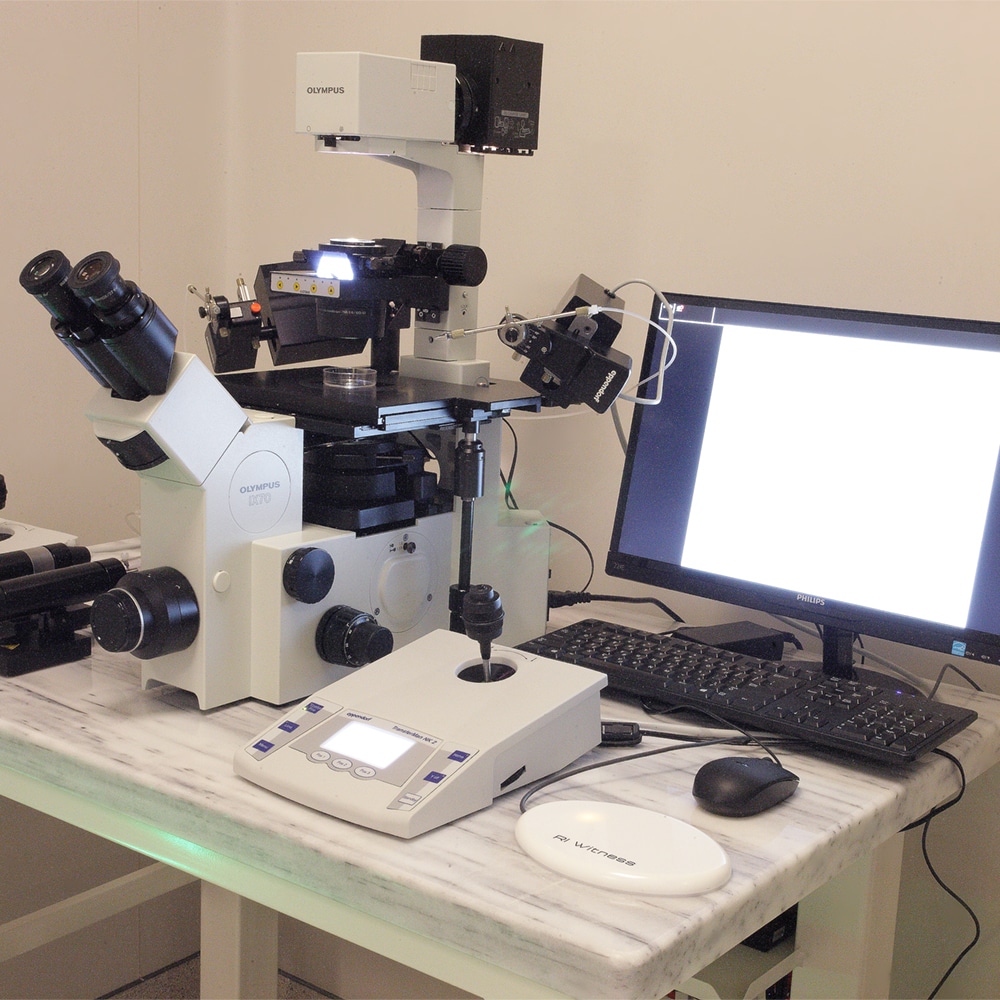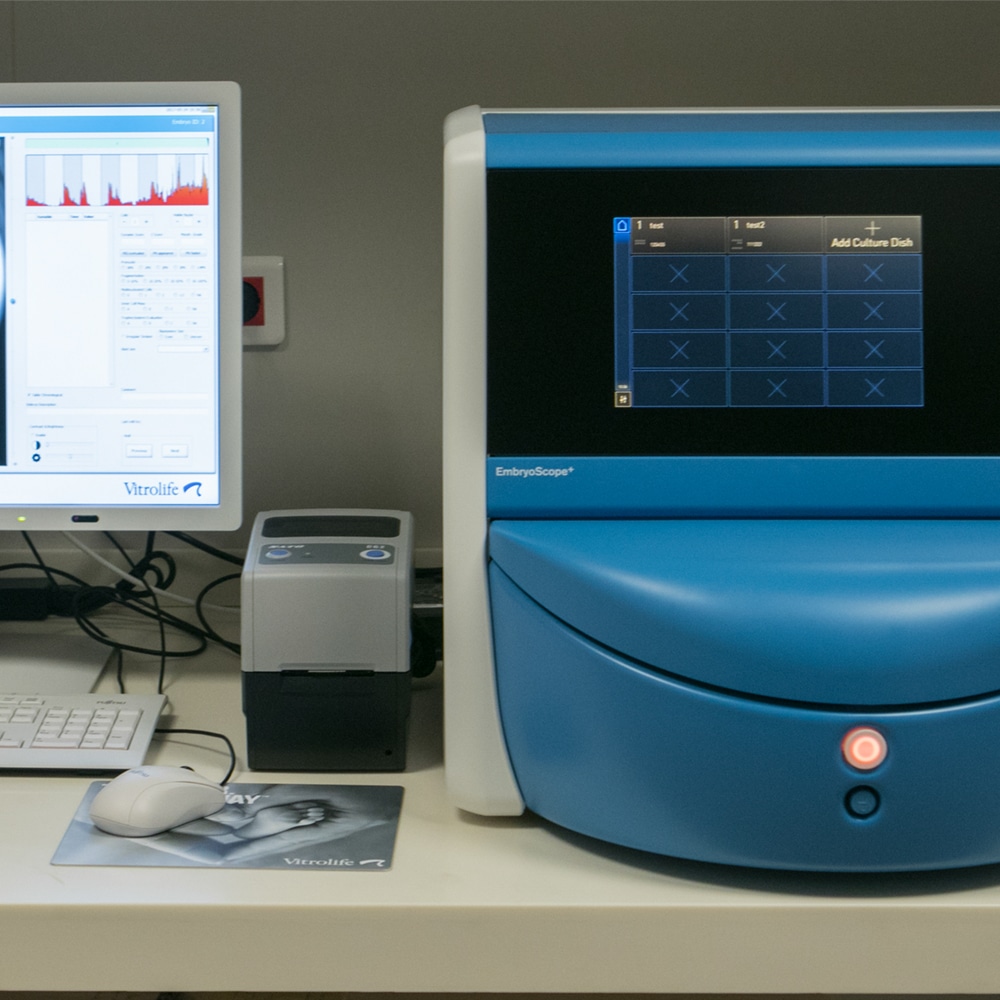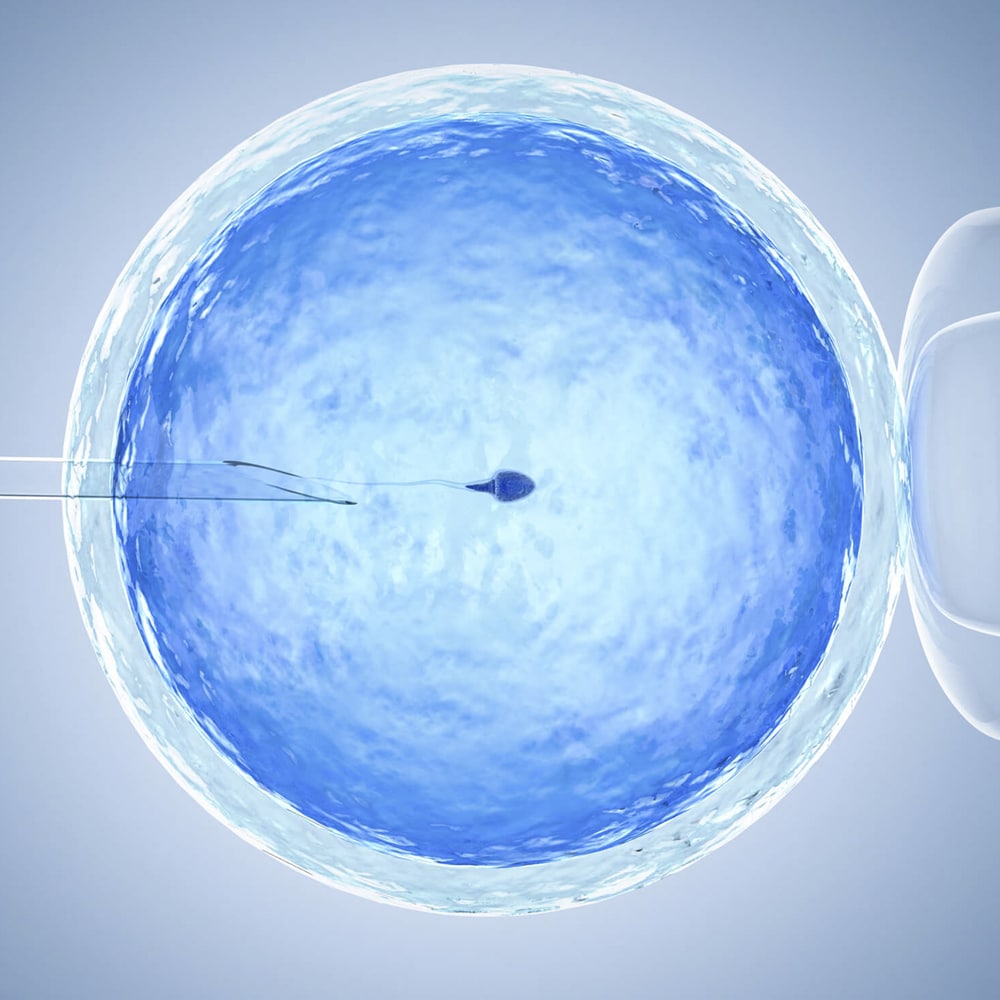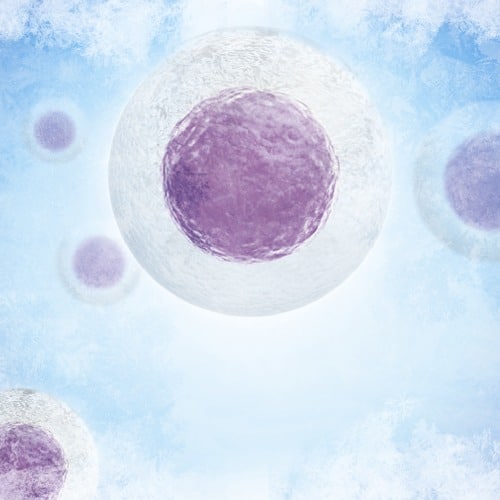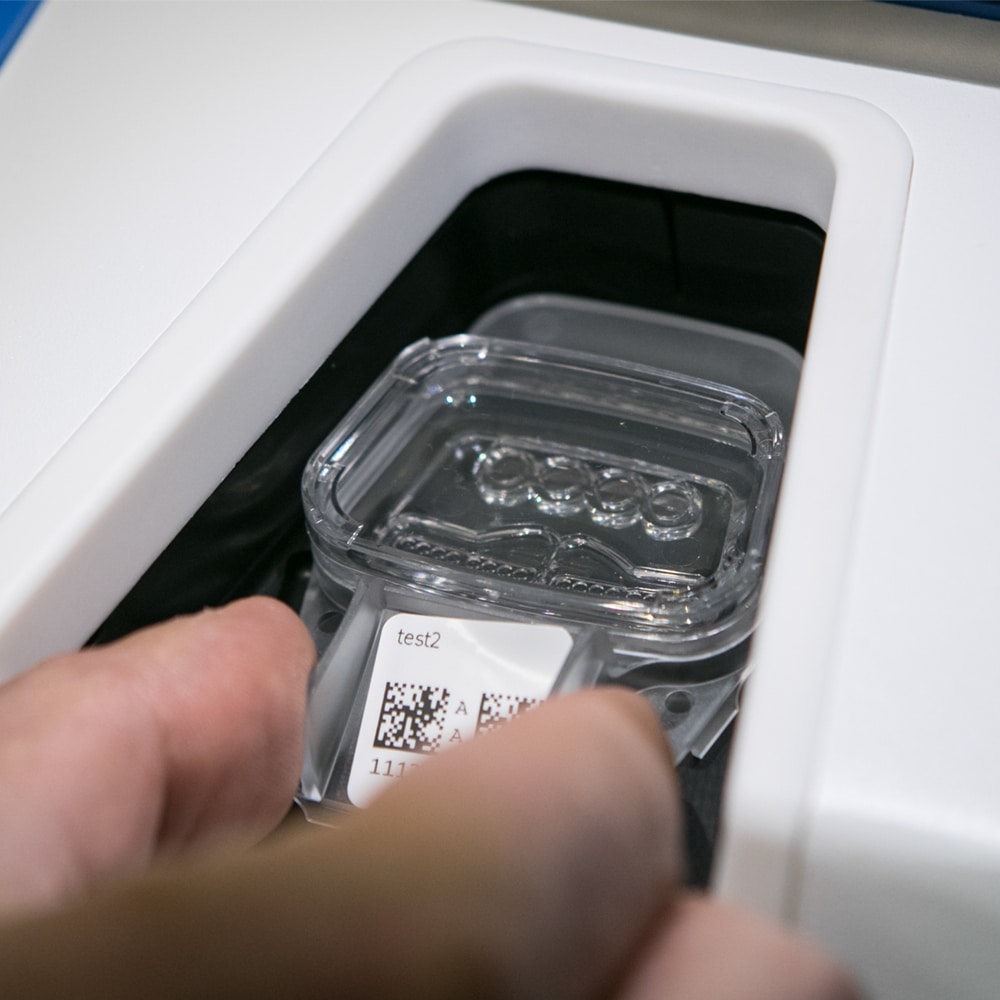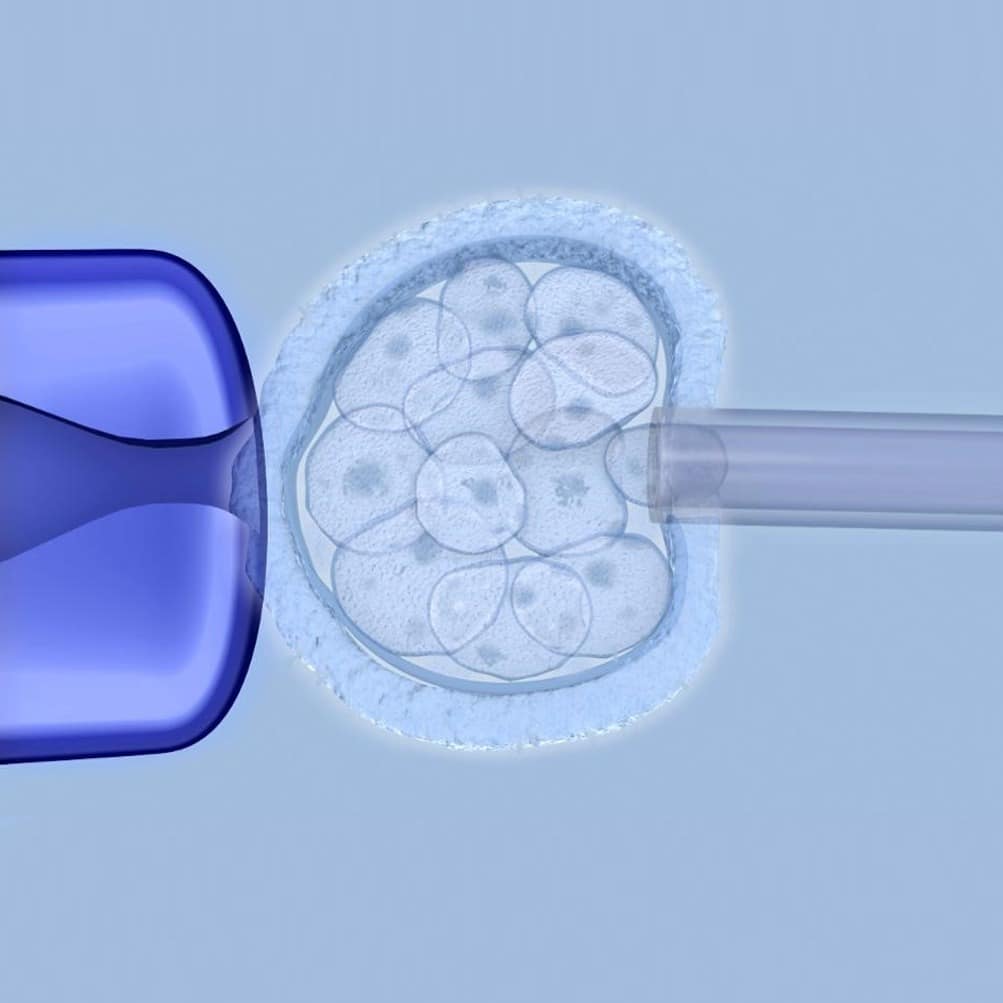Assisted embryo (LAZT) and blastocyst (LAH) hatching using advanced laser technology (Octax Navilase)
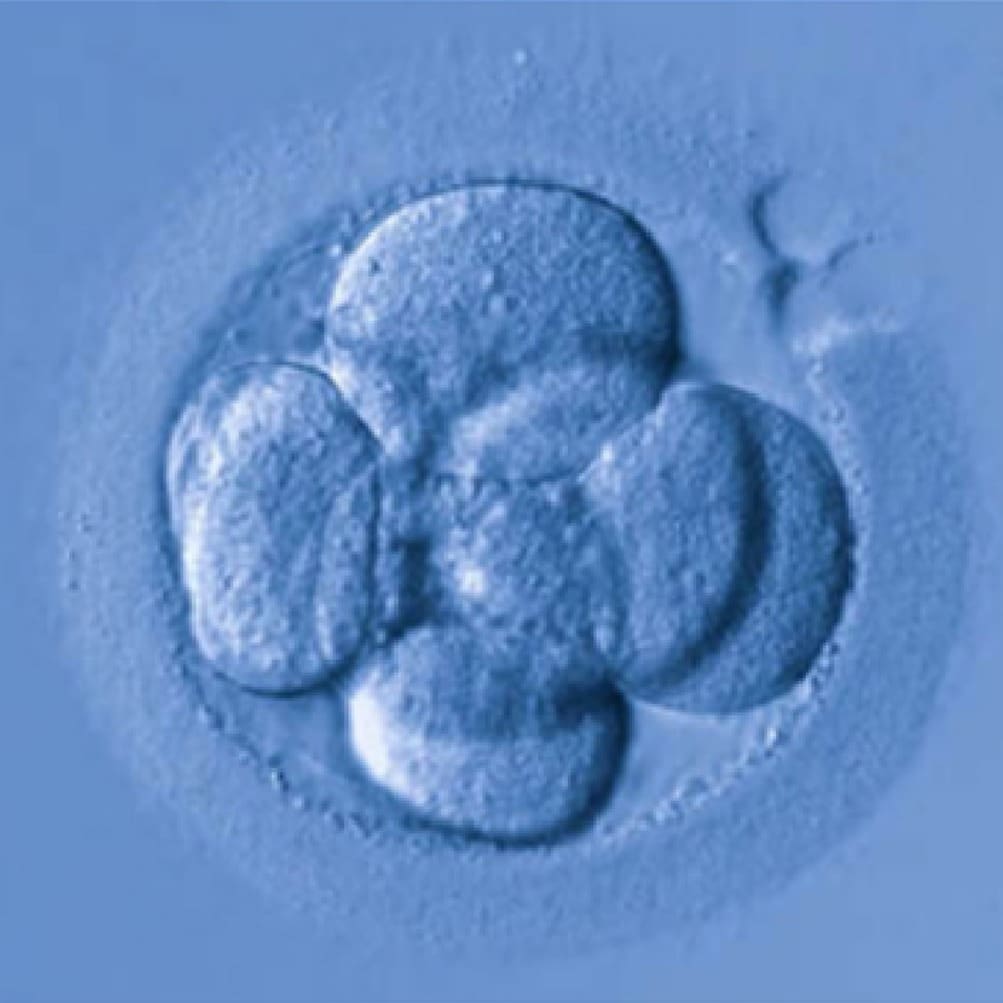
Assisted hatching of embryos at the cleavage stage and the blastocyst stage is a lab process that is performed using a special targeted laser system.
Assisted hatching of embryos at the cleavage stage (day 3 embryos – LAZT) and the blastocyst stage (day 5, 6 and 7 embryos – LAH) is a lab process that is performed using a special targeted laser system.
On day 5 or 6 of its development, the embryo sheds its outer layer (zona pellucida), which had protected it from external stress factors up until that stage. This hatching process is necessary so that the embryo can come into contact with the cells of the womb (uterus), where it will be implanted.
Certain problems leading to infertility are linked to the embryo implantation procedure. Especially in patients with recurrent implantation failure, this may be explained by the embryo’s inability to be hatched outside the membrane zone. This usually occurs naturally. In some cases, though, such as during their cryopreservation process, the hardening of the external zone after vitrification may suspend the implantation process. Women over 37 years especially have eggs with thick zones. In these cases, the thickness of the zona pellucida may be reduced using the LAZT technique, so that hatching is successful and the embryo can be implanted in the uterus easier. This technique has many advantages compared to the traditional assisted hatching (AH) technique.
Relevant Topics
-
Polarized Light Microscopy for Spindle Detection (PolarAIDE)
Polarized Light Microscopy for Spindle Detection (PolarAIDE) It allows us to clearly detect the egg spindle (DNA spindle) during...
-
Embryo Culture Using Time-lapse Technology (EmbryoScope Plus)
Embryo Culture Using Time-lapse Technology (EmbryoScope Plus) The Institute of Life has installed an innovative incubation and monitoring system...
-
Egg Microfertilization (ΙCSI/P-IMSI)
Egg Microfertilization (ΙCSI/P-IMSI) Microfertilization involves the isolation and insemination of one sperm into each egg. It is performed in...
-
Egg and Embryo Vitrification
Egg and Embryo Vitrification Vitrification is the extremely fast freezing of eggs, embryos and sperm, which prevents the formation...
-
Blastocyst Culture
Blastocyst Culture A method for selecting the best embryos, which significantly improves the pregnancy success rates for the couples...
-
Blastocyst biopsy
Blastocyst Biopsy This technique is used prior to embryo transfer to select healthy embryos that do not carry genetic...

